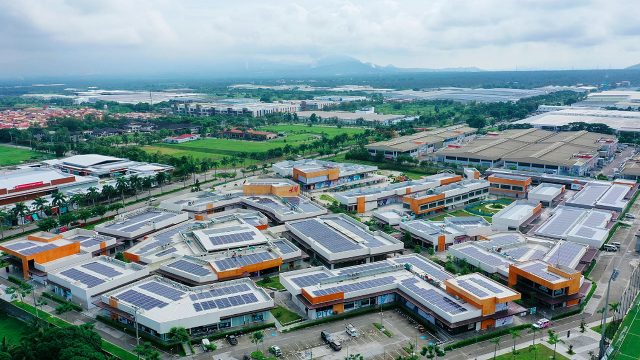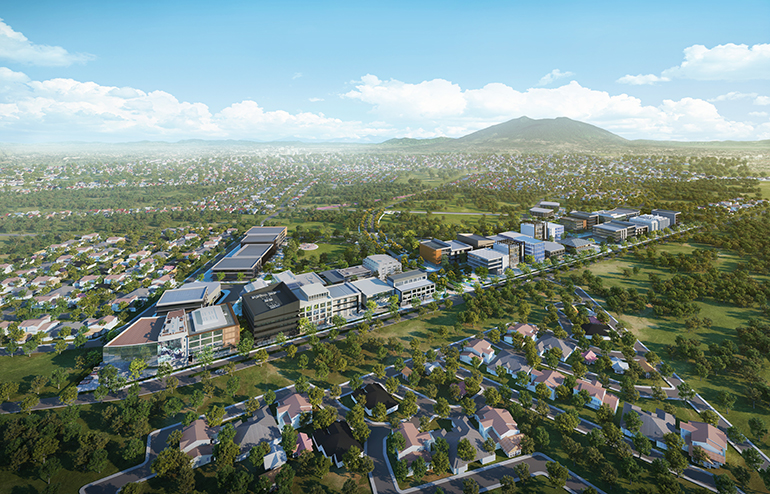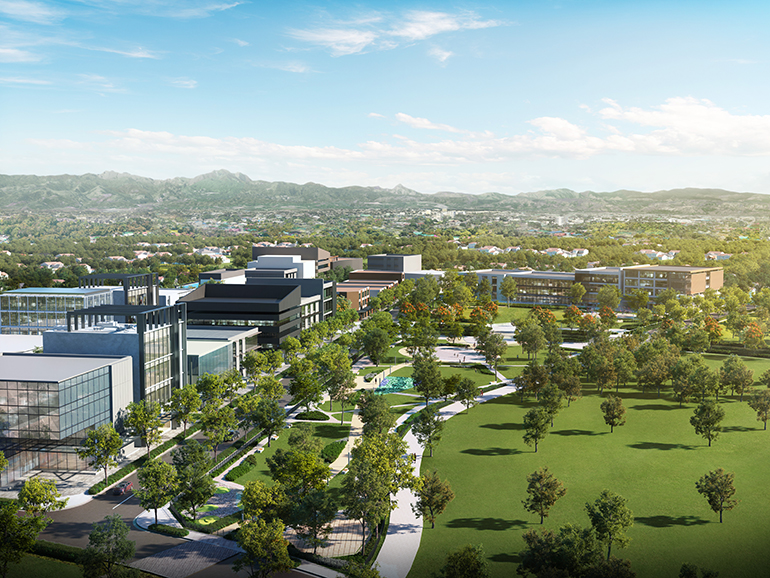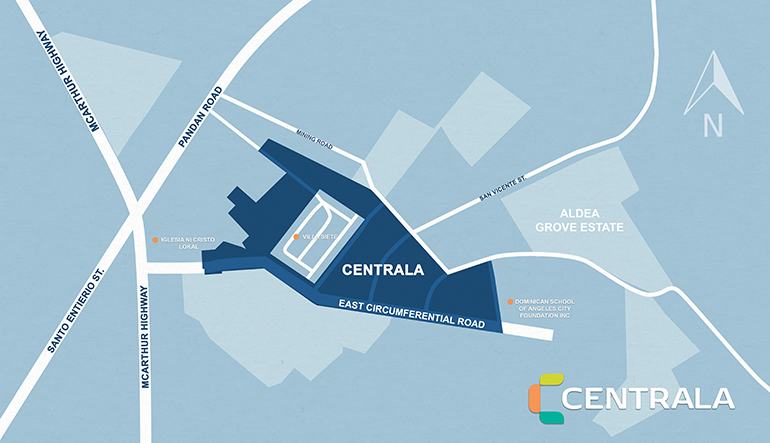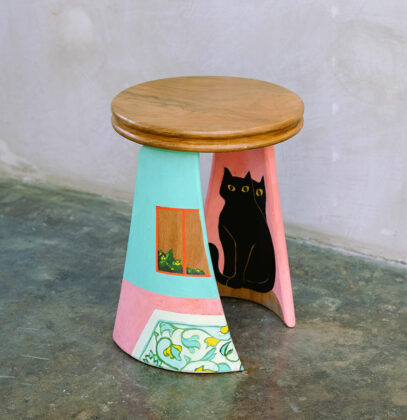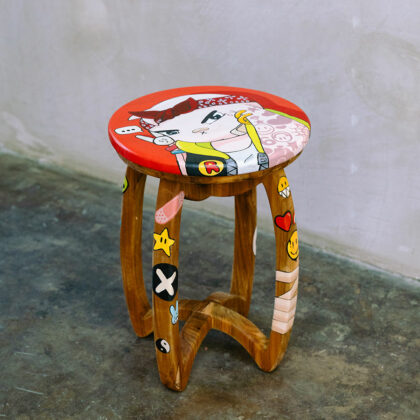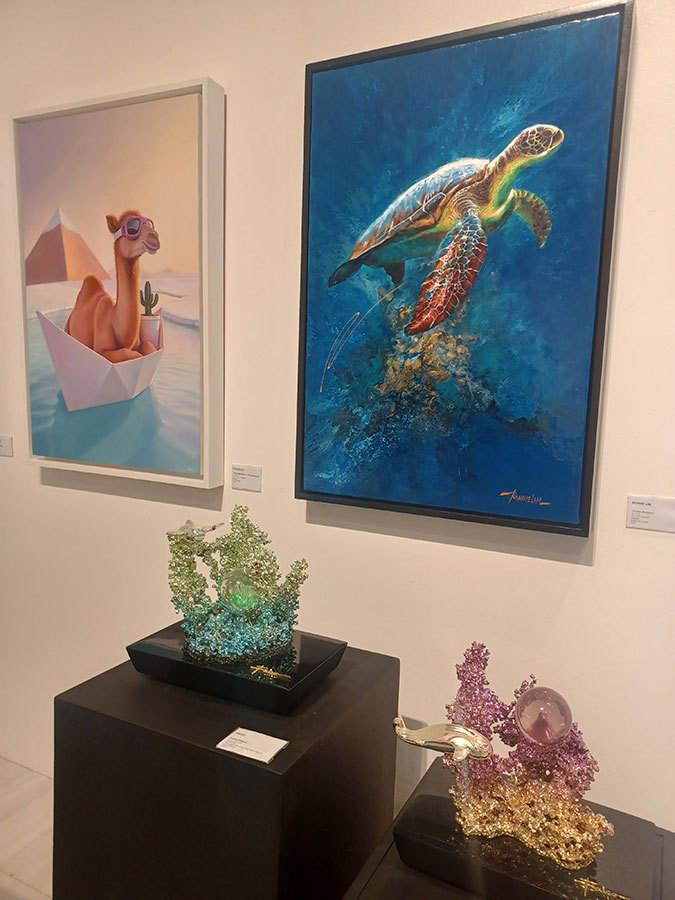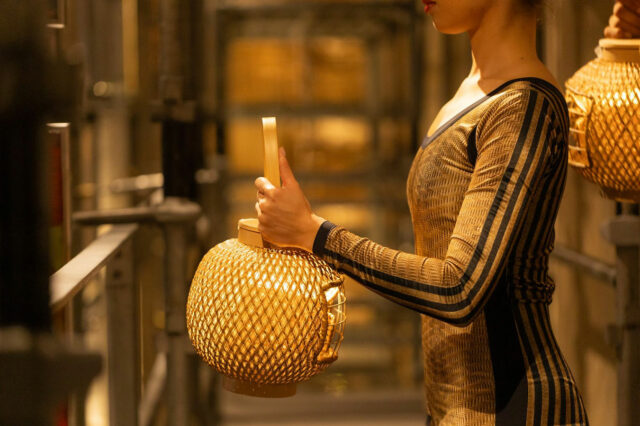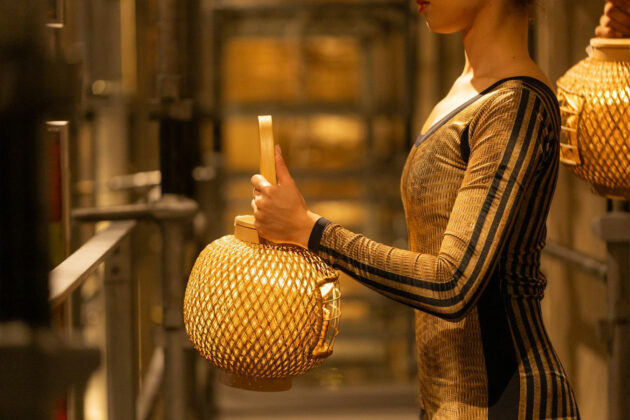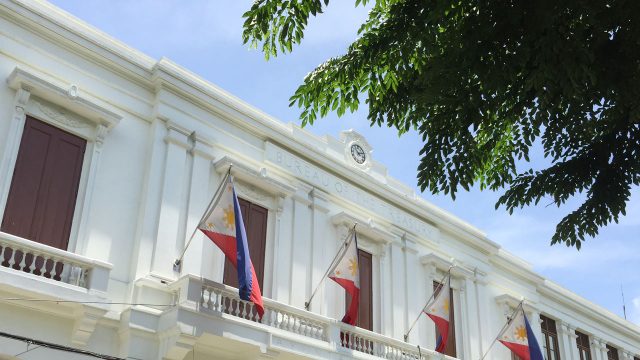PEZA’s May investment pledges hit P66 billion
By Justine Irish D. Tabile, Reporter
THE PHILIPPINE Economic Zone Authority (PEZA) approved P66.34 billion worth of investment pledges in the first five months — 80% higher than a year earlier — that could generate more than 29,000 more jobs and $1.092 billion in exports.
In a statement on Tuesday, the agency said the commitments are covered by 102 approved projects in January to May, compared with 95 projects a year ago.
The P66 billion in new and expansion projects spans advanced manufacturing, semiconductors, information technology and business process management, logistics and renewable energy — key industries driving the transformation of global trade networks, PEZA said.
“This consistent growth in job creation affirms investor confidence in the Philippine ecozone program, especially in strategic and emerging locations,” PEZA Director-General Tereso O. Panga said in a statement.
“Our focus remains on inclusive growth by developing economic zones (ecozones) beyond urban centers,” he added.
This year, PEZA is targeting the approval and proclamation of at least 30 ecozones, particularly in Central Luzon, Cebu and Mindanao.
Meanwhile, Mr. Panga said US reciprocal tariffs, the subject of negotiations between Philippine authorities and the US Trade Representative, are creating uncertainty among investors.
“However, at PEZA, we are promoting the China+1+1 methodology to facilitate the growing interest of China-based companies in having a presence in the Philippines,” Mr. Panga said, referring to the supply-chain strategy of some companies to diversify by setting up manufacturing and sourcing locations in two other countries aside from China.
“PEZA has received numerous inquiries lately, and we are confident that we can do a quick turnover and welcome these companies as new locators,” he added.
South Korea was the top investment source in the first five months, accounting for 16% of PEZA’s approved investments.
“This surge is largely attributed to the recently implemented South Korea-Philippine free trade agreement, which has boosted investor confidence and strengthened bilateral economic ties,” the ecozone regulator said.
The other top sources of investments were the US (4.08%), China (3.3%), Japan (2.92%) and The Netherlands (2.16%).
Mr. Panga said his team is in talks with Malaysian and Indonesian companies that have signified their intent to set up shop in the country.
“We welcome these interests as we continue to grow and strengthen inter-trade ties among our neighbors, making the ASEAN (Association of Southeast Asian Nations) region a more cohesive economic and trade area,” he said.
“With the rising interest in the Philippines and together with this massive ecozone development in Palawan, we are well on the way to meeting the set targets for 2025,” he added.
PEZA is targeting approved investments to reach at least P235 billion this year, and for exports and jobs to rise by 5%.
The ecozone development in Palawan province in western Philippines was among the big-ticket projects approved by PEZA in its board meeting last month.
Considered the first and largest of its kind, the Palawan Mega Ecozone (PMEZ) is a joint initiative between PEZA and the Bureau of Corrections. Under the plan, 28,000 hectares of the Iwahig Prison Colony will be transformed into an eco-friendly industrial estate.
“An initial 4,000 hectares has been transferred to PEZA as phase 1 for conversion into the approved PMEZ,” PEZA said.
The grant of pre-qualification for the declaration of a 4,000-hectare property in the villages of Montible and Sta. Lucia in Puerto Princesa City, Palawan had been approved for development, it said.
Apart from strengthening Brunei Darussalam-Indonesia-Malaysia-Philippines East ASEAN Growth Area (BIMP-EAGA) trade, the PMEZ is also in line with President Ferdinand R. Marcos, Jr.’s call to promote stronger trade ties among ASEAN member states.
“The PMEZ is envisioned to attract environmentally responsible industries such as agro-industrial processing, renewable energy, ecotourism and marine biotechnology,” Mr. Panga said.
“This will not only preserve Palawan’s rich biodiversity but will also uplift the livelihood of local communities through jobs and infrastructure development,” he added.
PEZA seeks to complete the regulatory requirements for the PMEZ within the month before submitting it to the President for proclamation.
The ecozone is expected to create more than 480,000 jobs that could benefit the local communities and Filipino prisoners.

